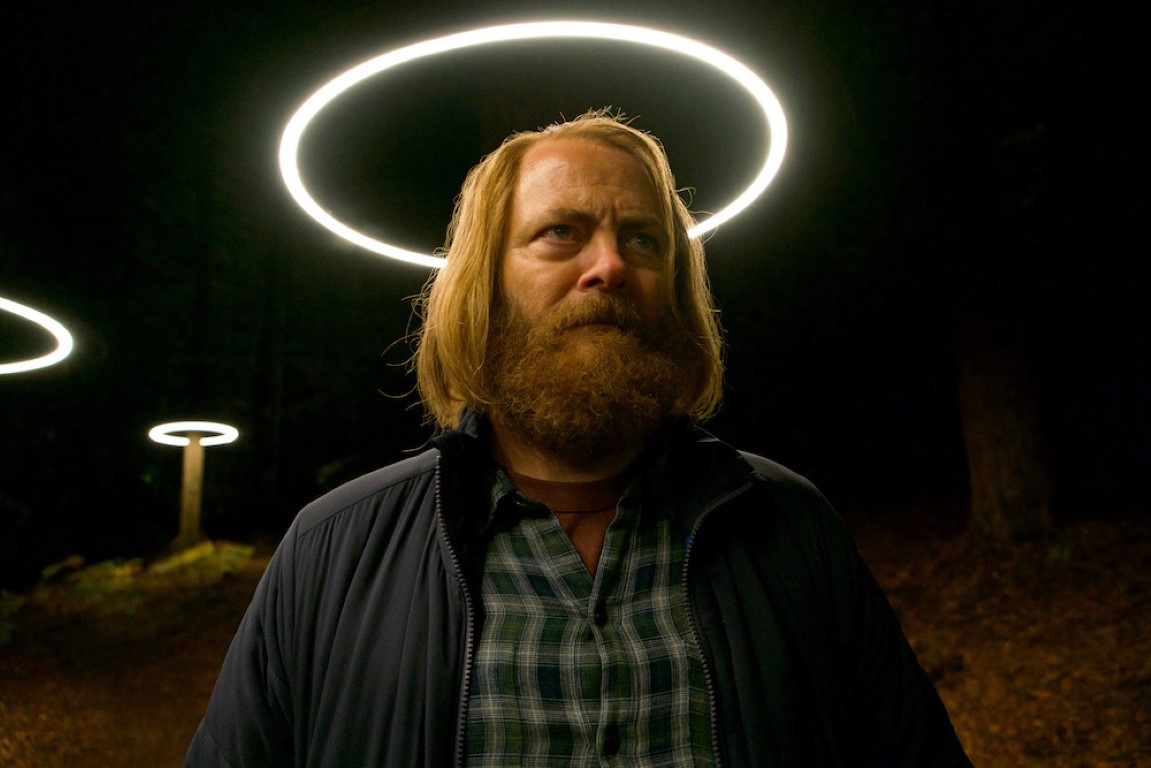
A recommendation for the ‘Accursed Kings’ series
By Duncan Fingarson, Senior Columnist
The Accursed Kings is a seven-book series by French author Maurice Druon. The books are works of historical fiction, set in 14th-century France and following the line of King Philip the Fair. Philip, also called the Iron King, was responsible for the transition of France from a land of feudalism to a country with a strong centralized government. He also, infamously, disbanded the Knights Templar and had their Grand Master—Jacques de Molay—burned at the stake for heresy. It is this act that kicks off the series’ first book.
The “accursed” part of the series title also stems from the execution of Jacques. In the books, the Templar Grand Master calls Philip before the tribunal of God, cursing the king and all of his line. From there, the stage is set for an epic tale of deceit, betrayal, love, and loss. The series begins in the year 1314 and ends in 1356. In that time, France goes through seven kings.
It would take more than one article to summarize the entire series. It is, however, fair to say that if you like A Game of Thrones, then it’s worth giving The Accursed Kings a look. George R. R. Martin wrote the foreword for the English-language edition, favourably comparing Druon’s work to his own, and it’s an apt comparison. France of the 1300s is a little more mundane than Westeros, lacking in dragons and magic, but more than making up the difference in political intrigue. Keeping all of the plots and schemes of the various characters straight is a task in itself, but one that is pulled off adeptly.
There’s also plenty of war and death. By the end of the series, many of the characters you’ve come to love or hate will be dead, killed off by history just as well as by the author’s pen. Unfortunately, for the same reason, many of the worst offenders never quite get their comeuppance. Historical fiction is still bound by the events as they are known, but the devil is in the details and the books make a fine tale nonetheless.
All that said, though, book seven is not quite on the level of the first six. The original six were first published in French between 1955 and 1960, but book seven didn’t see print until 1977. Where the others are third-person accounts, bouncing around between events and characters at will, the seventh is written in first person as a monologue. I found it something of a struggle to get through, for very little payoff at the end. The series is good and well worth the read, but skipping the seventh book is entirely forgivable.

